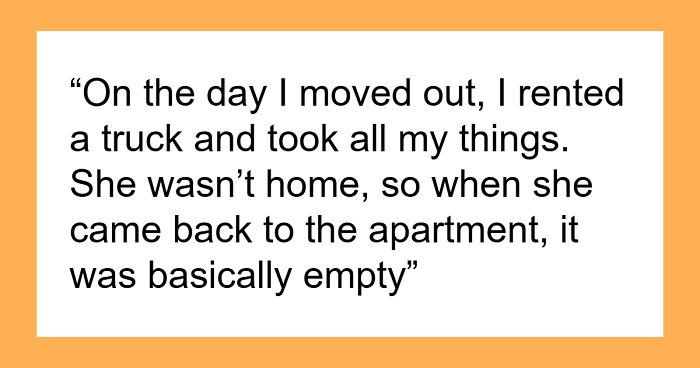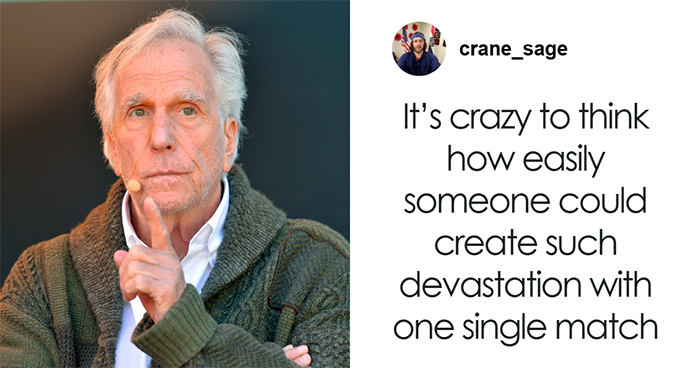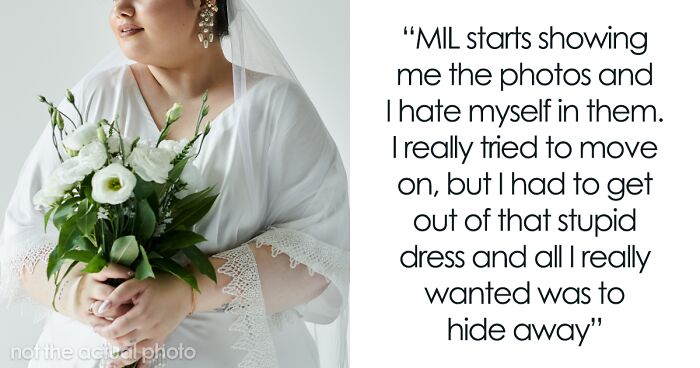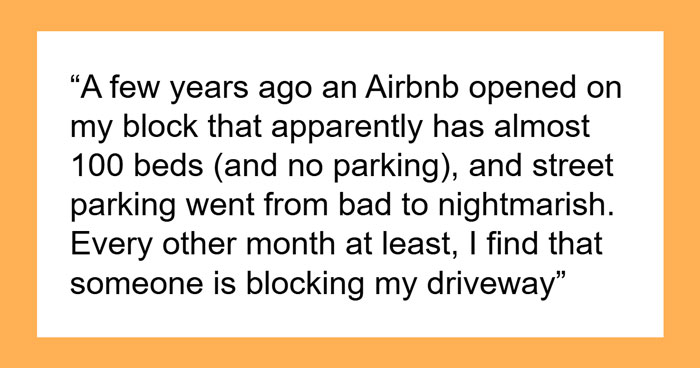
Social Media Campaign Highlights Everyday Toxic Masculinity And How Dangerous It Is
The Renaissance Youth Leaders Forum (RYLF) is a socio-civic organization from Silliman University in the Philippines, dedicated to bridging social, cultural, economic, and political divides, and creating a positive change in the community. On November 21st, the organization released a social media campaign against toxic masculinity under the hashtags #FightTheStigma and #UNMUTE.
“Both men and women suffer from toxic masculinity,” the message of the campaign says. “It happens every day both online and offline.”
To illustrate its point, RYLF shared a series of posters. From wearing pink to crying, the organization addressed the ways it thinks society pressures men, distorting their relationship with themselves and the world around them.
Image credits: Renaissance Youth Leaders Forum
Image credits: Renaissance Youth Leaders Forum
To put it simply, toxic masculinity is suppressing emotions or masking distress. It’s maintaining an appearance of hardness and perceiving violence as an indicator of power. It’s the result of teaching boys that they can’t express emotion openly, that they have to be “tough” all the time, and that anything other than that makes them “feminine”—weak.
According to the American Psychological Association (APA), these cultural lessons have been linked to “aggression and violence,” leaving boys and men at “disproportionate risk for school discipline, academic challenges and health disparities,” including cardiovascular problems and substance abuse.
“Men are overrepresented in prisons, are more likely than women to commit violent crimes and are at greatest risk of being a victim of violent crime,” the American Psychological Association (APA) wrote.
Image credits: Maud Fernhout (the social media campaign did not have permission to use this photo)
Image credits: Renaissance Youth Leaders Forum
“[This digital campaign against toxic masculinity] is the third iteration in the UNMUTE series,” a RYLF spokesperson told Bored Panda. “The objective of UNMUTE is to shed light on issues that are prevalent/relevant but rarely discussed and to ‘unmute’ the silence [they create]. We wanted to get people to converse, to start talking about these things, and at the same time to produce facts, especially to those who are not properly informed or who don’t have easy access to such information. A lot of us here in RYLF have experienced the stigma first hand, and we felt that we needed to do something about it because we believe acknowledging the problem is the first step in solving it.”
Image credits: Renaissance Youth Leaders Forum
The spokesperson said the campaign has been receiving mixed responses. “We have received a large number of both positive and negative feedback on the campaign. And it’s par for the course. The purpose was to raise awareness and get people talking about this issue, and we can say that we have done precisely that. To inform, to educate, and to encourage people to talk about it. To Unmute the Silence.”
Image credits: Renaissance Youth Leaders Forum
Image credits: Renaissance Youth Leaders Forum
Image credits: Renaissance Youth Leaders Forum
Societal pressures, expectations from family, friends, and partners, and even expectations of religious identities can be burdensome to a man seeking out his masculine identity.
While some social, political, or religious groups may provide a set of guidelines for a healthy form of masculinity, experts say it is better for an individual to stick to their own definition, so long as it does not harm themselves or others.
A new definition of what it means to be male might includes overall human experiences, such as: openly experiencing a wide range of emotions, interdependence, vulnerability, cooperation, kindness, softness. This does not mean abandoning all traditionally masculine traits. Including some traditionally masculine characteristics, such as strength and adventure, may help some people define their own masculinity. Again, this does not mean that abandoning all traditionally masculine traits is the answer. People should define masculinity on their own terms, and including some traditionally masculine characteristics, such as strength and adventure, may help to do that.
Here’s what people said about toxic masculinity
Image credits: www.facebook.com
Image credits: www.facebook.com
Image credits: www.facebook.com
Image credits: www.facebook.com
Image credits: www.facebook.com
Image credits: www.facebook.com
Image credits: www.facebook.com
65Kviews
Share on FacebookThe term “Toxic Masculinity” is not a slight against men at all. It is a term to describe the lunacy of what society expects of a man. Such as “men don’t cry”, “real men don’t seek help they just man up”, and the classic “boys will be boys” which is a lame blanket excuse to forgive boys and men for making stupid and sometimes harmful choices. My youngest son got a My Little Pony from a friend, he loved it and carried it everywhere. I didn’t freak out or take it away because he was having fun, but other fathers might have “been worried” that their son might not grow up manly and that is BS.
Thank you!! Seriously, the strongest people don’t feel the need to walk over others to get there. We need people to speak up about toxic masculinity and their experiences with it so we can realize what we did wrong.
Load More Replies...When you're a man and you're starting to open up and expose your vulnerabilities to other people and they try to shame you and belittle you for them, remember: It's their problem. They are wrong for demanding you squeeze yourself into a tiny corset. If they don't respect you just the way you are, you may be in need of better friends...
Thank you for giving us these words. It’s very important that people realize this and don’t shut down. Call them out and/or look for others who understand the value of someone opening up about their vulnerabilities.
Load More Replies...It seems from the comments a lot of people still don't understand the term. It does not imply that being a man is toxic. "Toxic masculinity" implies three key things; that all men must act 'tough' to be considered manly, that all men must reject anything considered feminine like emotional behavior, and that all men must strive to have power over others, especially women. When all three traits are seen in someone that persons energy and what they project is toxic.
oh my gosh...dude thanks for being a quality human being and standing up for the movement. we need more people like you :)
Load More Replies...The term “Toxic Masculinity” is not a slight against men at all. It is a term to describe the lunacy of what society expects of a man. Such as “men don’t cry”, “real men don’t seek help they just man up”, and the classic “boys will be boys” which is a lame blanket excuse to forgive boys and men for making stupid and sometimes harmful choices. My youngest son got a My Little Pony from a friend, he loved it and carried it everywhere. I didn’t freak out or take it away because he was having fun, but other fathers might have “been worried” that their son might not grow up manly and that is BS.
Thank you!! Seriously, the strongest people don’t feel the need to walk over others to get there. We need people to speak up about toxic masculinity and their experiences with it so we can realize what we did wrong.
Load More Replies...When you're a man and you're starting to open up and expose your vulnerabilities to other people and they try to shame you and belittle you for them, remember: It's their problem. They are wrong for demanding you squeeze yourself into a tiny corset. If they don't respect you just the way you are, you may be in need of better friends...
Thank you for giving us these words. It’s very important that people realize this and don’t shut down. Call them out and/or look for others who understand the value of someone opening up about their vulnerabilities.
Load More Replies...It seems from the comments a lot of people still don't understand the term. It does not imply that being a man is toxic. "Toxic masculinity" implies three key things; that all men must act 'tough' to be considered manly, that all men must reject anything considered feminine like emotional behavior, and that all men must strive to have power over others, especially women. When all three traits are seen in someone that persons energy and what they project is toxic.
oh my gosh...dude thanks for being a quality human being and standing up for the movement. we need more people like you :)
Load More Replies...
 Dark Mode
Dark Mode 

 No fees, cancel anytime
No fees, cancel anytime 
























































263
176